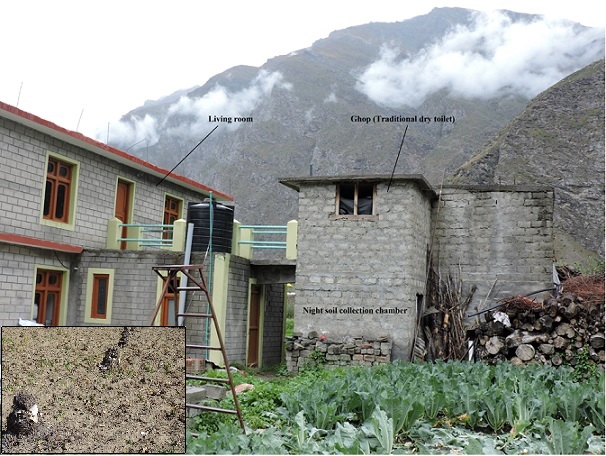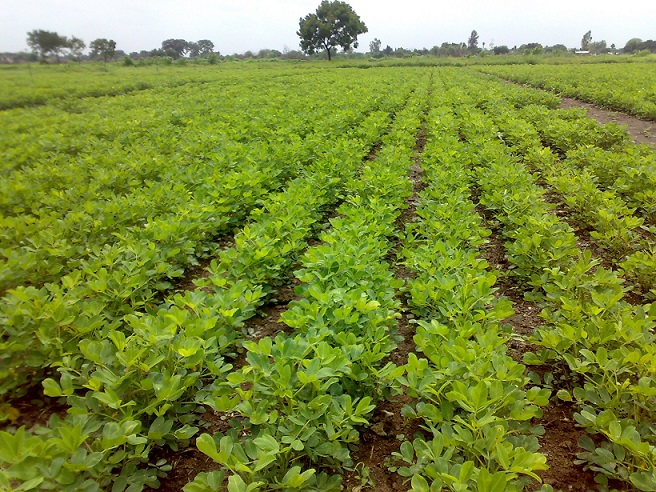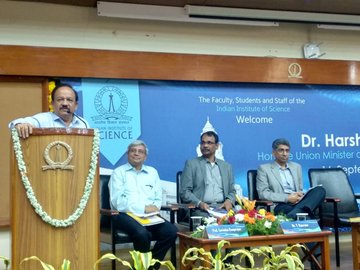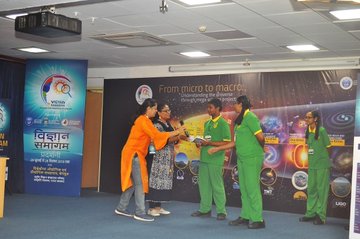
Traditional dry toilet
Even as efforts are underway to replace dry latrines with modern septic toilets, a group of scientists at Council of Scientific and Industrial Research’s Institute of Himalayan Bioresource Technology (CSIR-IHBT) have worked to save one type of traditional dry toilet.
The scientists chose to revive the toilet as it was designed in such a way that it was a rich source of nutrient for agriculture. Called Ghop, the toilet, which was traditionally used in some districts of Himachal Pradesh, is a two-tiered structure in which the upper section is attached to the living room of the house and the lower section is used for collecting the night soil.
After every time the toilet was used, the faecal matter was covered with a dry mixture of wood chips, ash, and animal dung, which was locally called 'fot’. The heap of the night soil was taken out every six months and left on the fields to mature. The compost thus prepared was then used for agriculture activities.
" The technology promises great potential for local start-ups and would be a key component for maintaining the sustainability of the agro-ecosystems in the region and reduction in the use of water for flushing the drain. "
As part of the efforts to save the unique toilet, the scientists have developed a technology for rapid degradation of the night soil through microbial intervention. During winters in the region, with the mercury dropping below five degrees celsius, the degradation of the night soil slows down. The scientists worked on formulating a bacterial consortium from the different maturity phases of the night soil compost.
The formulation consists of a consortia of psychrotrophic bacteria, which are capable of surviving or even thriving in extremely cold environments. They can be metabolically active even at a temperature up to four degrees celsius with efficient hydrolytic enzyme activity for carrying out rapid degradation of the waste. In addition, it consists of plant growth-promoting nitrogen fixers, phosphate solubilizers and potash mobilizers to yield an enriched compost.
Dr. Sanjay Kumar, Director, CSIR-IHBT, said, “The technology promises great potential for local start-ups and would be a key component for maintaining the sustainability of the agro-ecosystems in the region and reduction in the use of water for flushing the drain. The compost booster also holds potential for the rapid degradation of other agri-forest residues and kitchen waste in the cold region”.
The research work was financially supported by Fast Track Translation Project of CSIR and Ministry of Environment, Forest & Climate Change’s National Mission on Himalayan Studies.
India Science Wire











